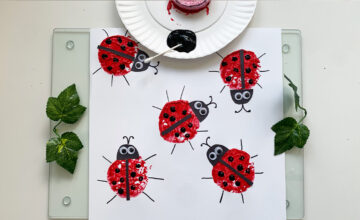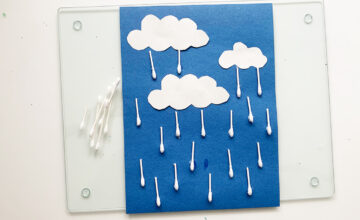Improving your child’s vocabulary is critical for their academic success and overall communication skills. Fortunately, there are many fun and easy ways to help your child learn new words and concepts. From reading to them regularly, to playing word games and engaging in conversations, these 20 tips will help improve your child’s vocabulary and set them up for success.
How Many Word Should Your Toddler Or Preschooler Know?
As a parent, you likely want to do everything you can to help your child succeed, and that includes fostering strong language skills. One of the most important components of language is vocabulary, and it’s never too early to start helping your child expand theirs. But how many words should your toddler or preschooler be able to say at age two, three, four, and beyond?

At age two, children typically have a vocabulary of around 50 words, though it’s normal for there to be a wide range of variation at this age. By age three, children should have a vocabulary of around 1,000 words, and by age four, that number should be closer to 1,500. Of course, these are just general guidelines, and every child develops at their own pace.
Regardless of where your child falls on the spectrum, there are plenty of simple and fun ways to help them improve their vocabulary. One of the easiest ways to do this is simply to talk to your child as much as possible. Narrate your day, point out objects and their names, and ask your child questions. Reading to your child is also an excellent way to help build their vocabulary, as it exposes them to a wide range of words and concepts.

Another effective way to improve your child’s vocabulary is to play word games with them. For example, you might challenge your child to come up with as many words as they can that start with a certain letter, or play a game of “I Spy” to help them learn to identify and name objects. Puzzles and word-based toys can also be great for building vocabulary, as can simply talking to your child about the things they’re interested in.
Below you’ll find more easy and fun ways to to help your child learn new words and concepts.
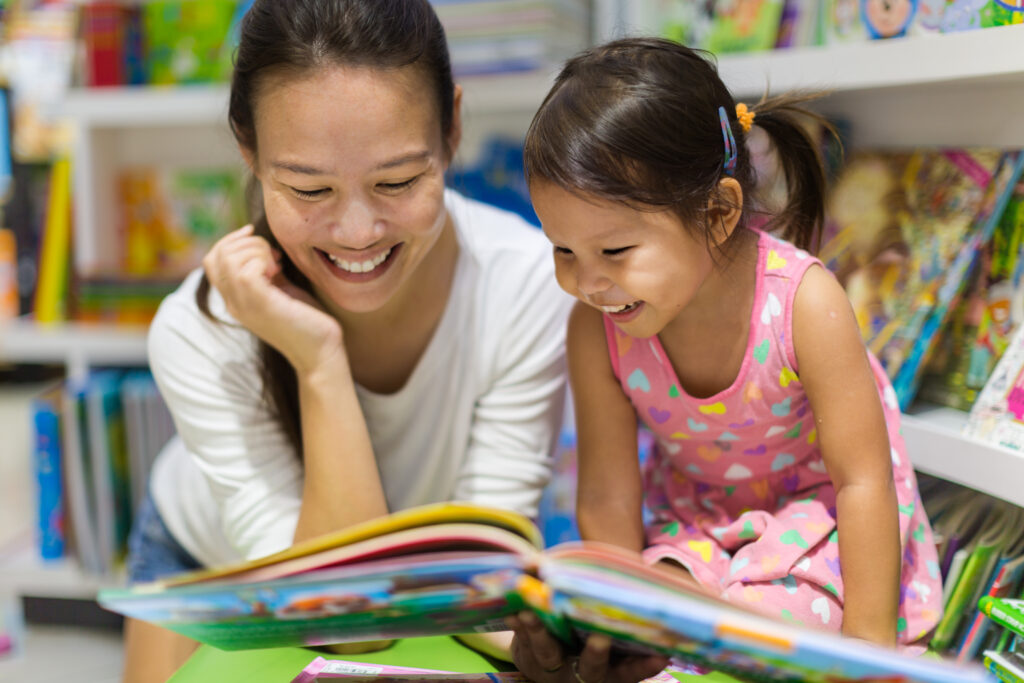
WANT TO TRY THESE WAYS TO IMPROVE YOUR CHILD’S VOCABULARY LATER? PIN IT NOW, SO YOU CAN FIND IT EASILY WHEN YOU NEED IT!
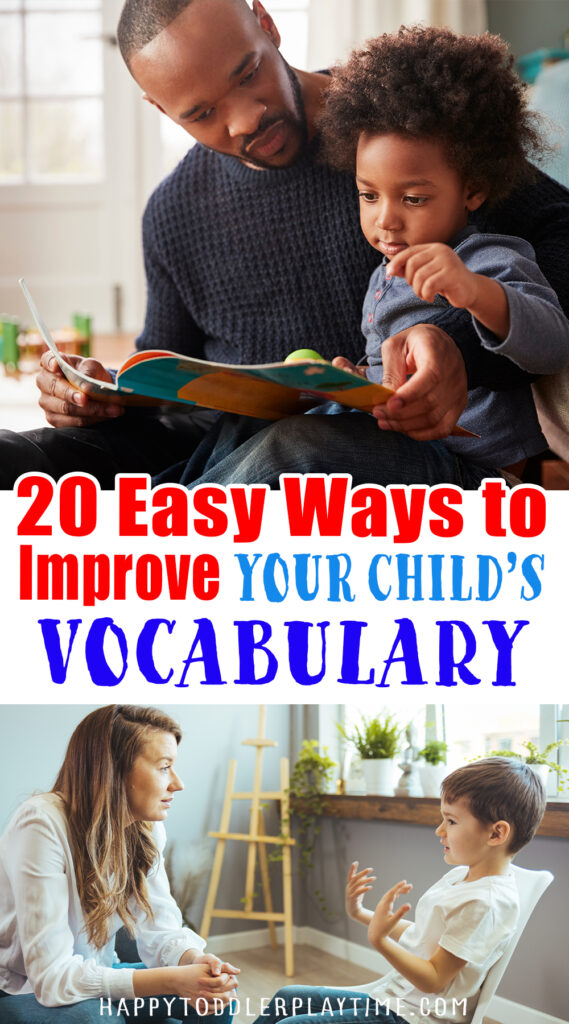
20 Easy Ways to Improve Your Child’s Vocabulary
- Read to your child regularly and expose them to a variety of books with rich and diverse language: Reading to your child is one of the easiest and most effective ways to improve their vocabulary. Reading exposes them to new words and concepts, and the more they read, the more they will learn.
- Talking to your child constantly is also one of the easiest and most effective ways to improve their vocabulary. When you talk to your child, you are exposing them to new words and concepts, and helping them understand the nuances of language. Encouraging your child to ask questions and engage in conversations with you can help them learn how to express themselves, while also learning new words and phrases. By having regular conversations with your child, you are also modeling how to use language effectively and appropriately, which can help them develop strong communication skills. Additionally, talking to your child regularly can help build a strong bond between you, and create a positive and supportive environment for their language development.
- Encourage your child to ask questions and engage in conversations about the books they read: Talking about books with your child is a great way to help them understand new words and concepts. Encourage them to ask questions and discuss the story with you.
- Play word games like Scrabble, Boggle, or Bananagrams with your child to help them learn new words: Word games are a fun way to introduce new words and help your child learn how to use them.
- Use flashcards or word games like memory match to help your child learn and remember new words: Flashcards and memory match games are a fun way to help your child memorize new words.
- Talk to your child about what they’re interested in, and encourage them to use descriptive language to explain their thoughts and feelings: Encourage your child to express themselves and use descriptive language to describe their experiences.
- Label objects in your home with their names to help your child learn the names of everyday items: Labeling everyday items in your home can help your child learn the names of objects they use every day.
- Play “I Spy” with your child to help them learn to identify and name objects: “I Spy” is a fun game that helps children learn to identify and name objects.
- Use synonyms and antonyms when talking to your child to help them expand their vocabulary: Using synonyms and antonyms when talking to your child helps them learn new words and expand their vocabulary.
More fun Ways to Improve Your Child’s Vocabulary
- Use different words to describe the same thing, such as using “huge” instead of “big” or “tiny” instead of “small”: Using different words to describe the same thing helps your child learn new words and understand the nuances of language.
- Encourage your child to tell stories and use their imagination, using descriptive language to bring their stories to life: Encouraging your child to tell stories helps them develop their imagination and use descriptive language to make their stories more interesting.
- Play charades with your child, encouraging them to act out and name different actions and objects: Charades is a fun game that helps children learn to identify and name different actions and objects.
- Create a vocabulary notebook with your child, writing down new words they learn and reviewing them regularly: Creating a vocabulary notebook is a fun way to help your child learn new words and review them regularly.
- Sing songs and rhymes with your child, focusing on those with rich and varied language: Singing songs and rhymes is a fun way to help your child learn new words and understand the rhythms and patterns of language.
- Play dress-up with your child, encouraging them to describe their costumes and the characters they’re pretending to be: Playing dress-up is a fun way to encourage your child to use their imagination and describe the characters they’re pretending to be.
- Watch educational shows or documentaries with your child, pausing to discuss new vocabulary words and concepts: Watching educational shows and documentaries is a fun way to help your child learn new words and understand new concepts.
- Use wordless picture books to encourage your child to tell stories and use descriptive language: Wordless picture books are a fun way to encourage your child to tell stories and use descriptive language to describe the pictures.
- Take your child on nature walks, pointing out and naming different plants and animals: Taking your child on nature walks is a fun way to help them learn about the world around them and name different plants and animals.
- Encourage your child to use descriptive language when they draw or paint, asking them to describe their creations in detail.
- Play “telephone” with your child, whispering a sentence to them and asking them to repeat it back to you using their own words.
Final Thoughts
Overall, there are countless ways to help your child improve their vocabulary, and the more you make it a part of your everyday interactions with them, the easier it will be for them to learn and grow. By taking a proactive approach to your child’s language development, you can help set them up for success both in school and in life.
Toddler and Preschooler Curriculums, Books & TV Show!
Play2Learn Toddler & Preschool Programs for Curious Toddlers
There is no limit to your toddler’s energy and curiosity. That energy and curiosity although a joy can be challenging at times. Their interest in just about everything around them is what makes them great learners. One and two year olds can soak up so much just from their senses!
But as a teacher or parent that thirst for learning can be exhausting. That is why I created this toddler and preschooler program. To help you get the most out of this time with your curious toddler without having to come up with creative ways to play and interact with them.
Play2Learn for Toddlers includes 20 Units for toddlers. Each 2-week toddler unit has 20 super easy to set up and engaging activities for toddlers 18 months to 3 years.
Play2Learn Preschool which includes 20 Units for preschoolers. Each 2-week preschoolers unit has 20 unique and easy to set up and engaging activities for preschoolers 3 years to 5 years. That’s over 800 learning activities for your toddler and preschooler at your fingertips! So many ideas you and your child will never be bored again!
These toddler and preschool lesson plans and activities will definitely keep you and your toddler and preschooler busy playing and learning!
Click here for more information: Play2Learn
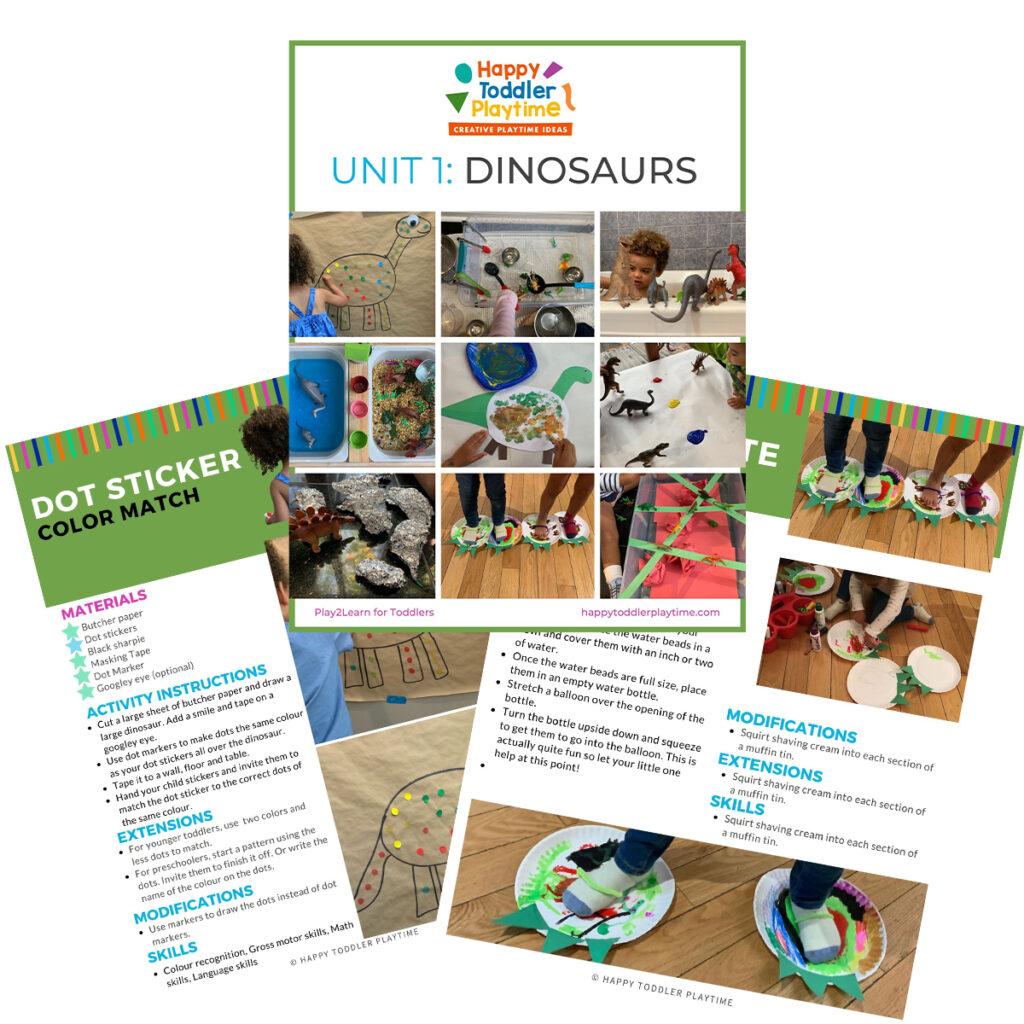
Designed for toddlers 18 months and up.
Book: Exciting Sensory Bins for Curious Kids
Did you know I wrote a book of sensory bins? Click here for more information Exciting Sensory Bin for Curious Kids. Or grab your copy at Amazon.
Boring afternoons are made exciting with awesome animal-based bins, like Salty Shark Bay or Yarn Farm. Pretend play bins like Birthday Cake Sensory Play or Bubble Tea Party encourage creativity and imagination. And your kids will have so much fun they won’t even know they’re getting smarter with STEAM (science, technology, engineering, art and math) activities like Sink or Float Soup, Magnetic Letter Hunt or Ice Cream Scoop and Count.
Designed for toddlers 18 months and up.
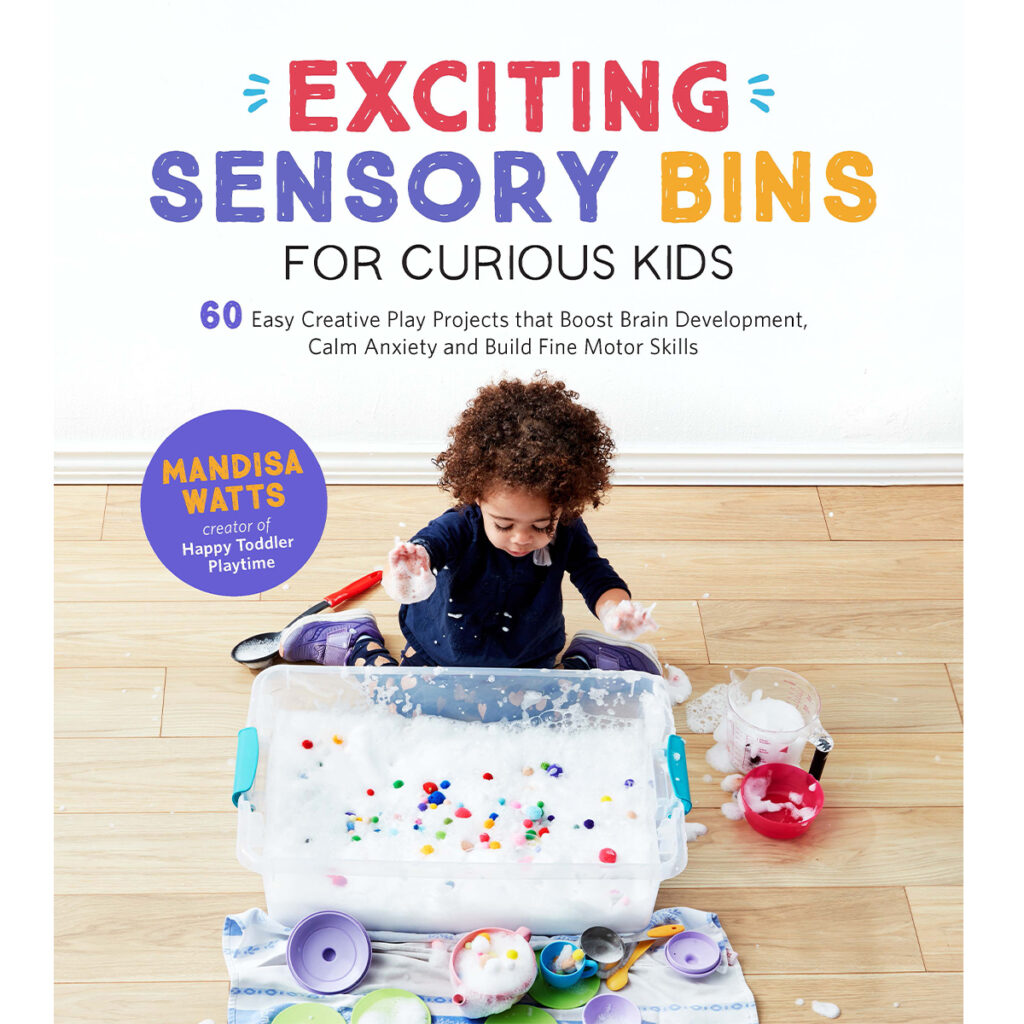
Book: Super STEAM Activity Book for Kids
Learning all about science, technology, engineering, art, and math sets kids up for scholastic success―and it can be so much fun! Watch kids enjoy building STEAM skills as they color friendly fish, help water find its way to tree roots, solve math problems with mazes, and more.
Find out more and grab your copy here.
Designed for preschoolers 3 years old and up.

Book: Big Book of Riddles for Kids
Riddle me this: What’s an exciting way to practice critical thinking while having a blast? The Big Riddle Book for Kids, of course! From hilarious puns to tough brain teasers, kids can build problem-solving skills with hundreds of riddles that show them how to think outside the box.
- 350 riddles for kids—Have hours of fun with riddles, puns and jokes, and math and logic puzzles that’ll get their wheels turning!
- Level up their skills—Riddles get trickier as kids progress through the book, challenging them as they get better at solving puzzles!
- Double-check their work—Kids can check their answers in the back of the book with a handy answer key.
Help children expand their minds while having fun with this puzzle book for kids!
Designed for kids ages 6 years old and up.
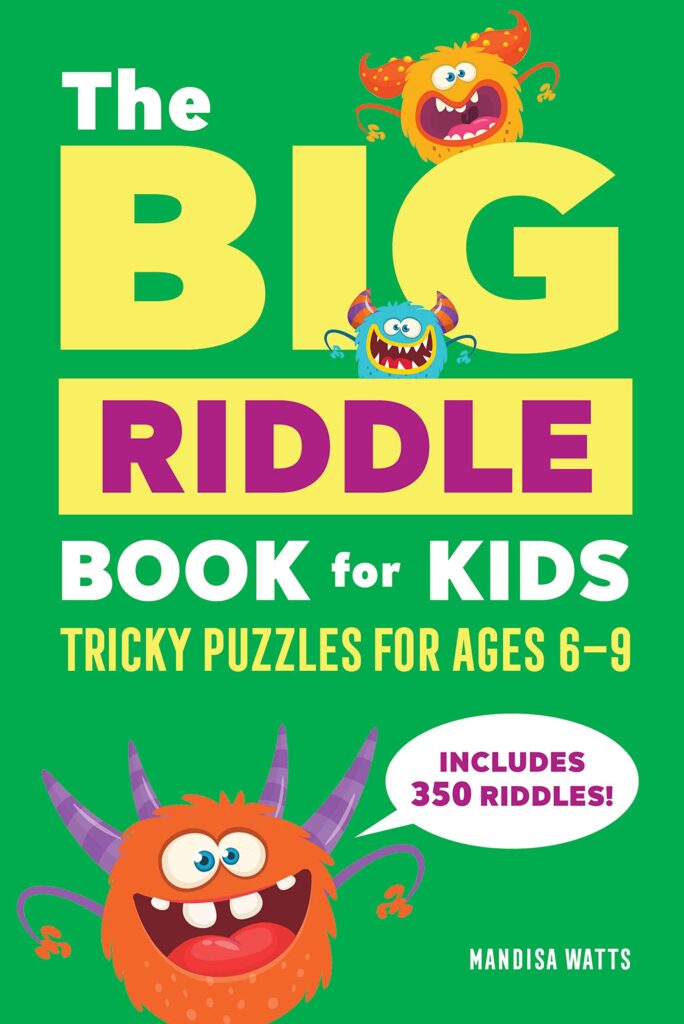
TV Show: Curious Crafting
I’m so excited to finally share my new crafting TV show Curious Crafting which launched July 1 at on TVOkids and TVOkids YouTube!
Set in the ultimate crafting space, Curious Crafting is a short form pre-school age series about the joy of making crafts. I lead a rotating cast of adorable little preschoolers (including my own) making magic out of common household objects.
In each episode we transform recycled items into magical crafts like a milk carton school bus, paper bag puppet or cotton pad turtle. The crafters learn and laugh their way through each activity while demonstrating what their young imaginations can create.
Curious Crafting shares the adventure and joy of making art with takeaway lessons for creating crafts at home.
This show designed for toddlers and preschoolers 2.5 years old and up.
WANT TO TRY THESE WAYS TO IMPROVE YOUR CHILD’S VOCABULARY LATER? PIN IT NOW, SO YOU CAN FIND IT EASILY WHEN YOU NEED IT!



